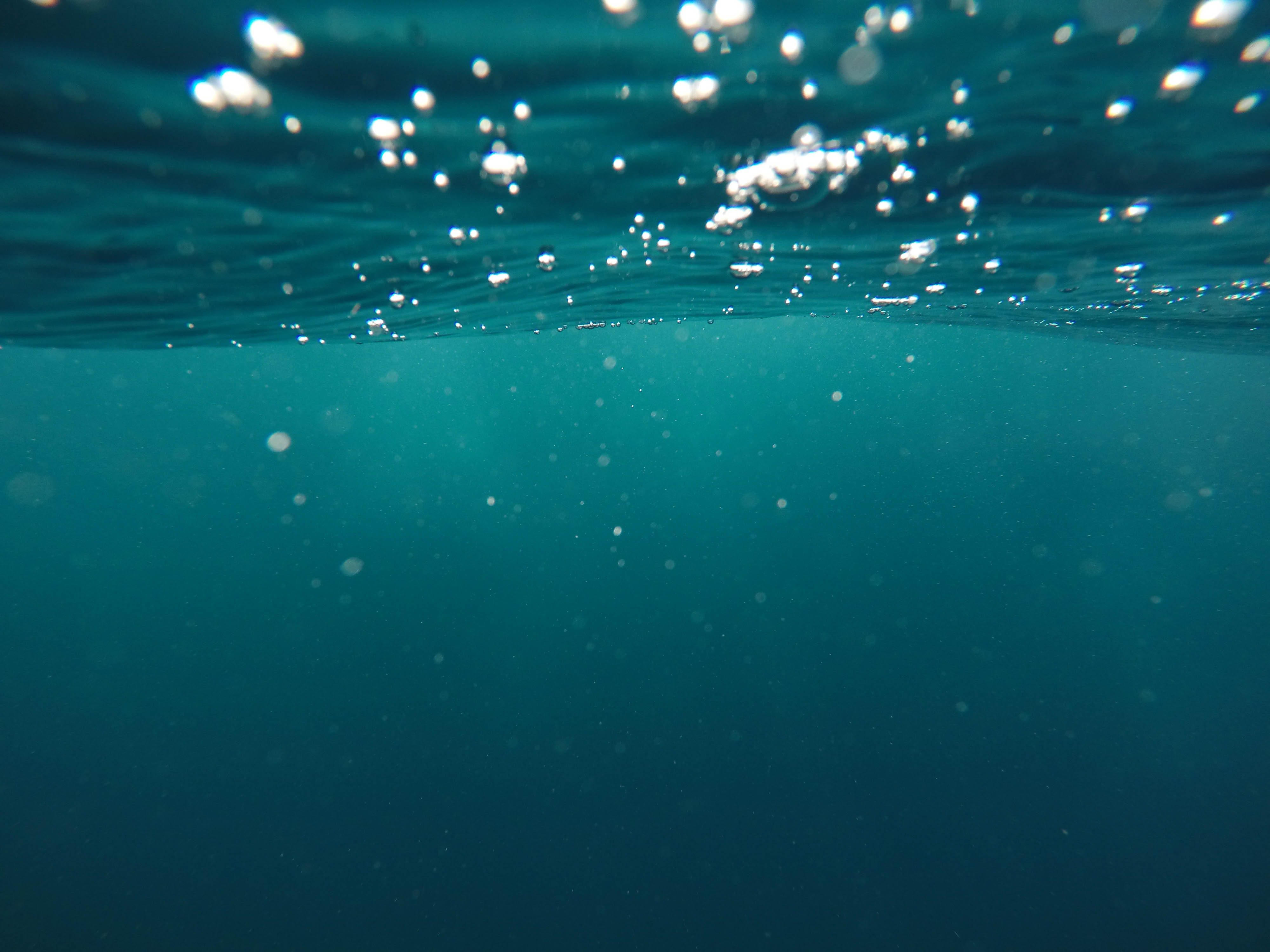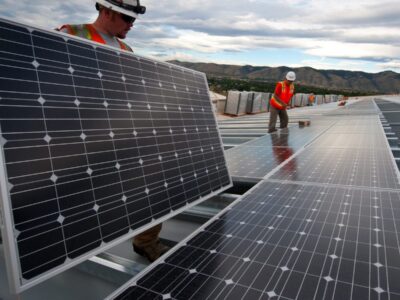Running Tide’s Kelp-Driven Carbon Sequestration Process Attracts Big Investors

Many sustainable processes work by lessening or preventing carbon emissions, but Portland, Maine-based Running Tide Technologies is changing the game by actually removing carbon from the air and storing it safely. The start-up’s carbon sequestration process, now in research and development in the Gulf of Maine, is gaining ground with big corporate and venture capital investments. The process is simple: grow massive amounts of seaweed and then bury it at the bottom of the sea. Running Tide tosses buoys into the open ocean. These buoys are tethered to a rope blade entwined with tiny seeds of kelp. Through photosynthesis, the kelp rapidly absorbs carbon from the air as it grows. After about seven months, the blades are heavy enough to drop to the ocean floor, where they keep the carbon encased for at least 1000 years.
This very simple process is the brainchild of Running Tide founders Marty Odlin and Adam Rich. From their office on the Portland waterfront, the duo plans to deploy around 1,600 buoys this spring to demonstrate that the principle can safely and economically be expanded around the globe. It’s low tech and extraordinarily promising so far, holding a unique opportunity for remarkable growth from companies who want to decarbonize their impact. The company is drawing big attention from scientists and investors – with Shopify first in line to buy carbon-offset credits from the company as part of its corporate commitment to address climate change.
Odlin and Rich believe millions of micro-farms could float on the deepest waters across the world, moving billions of tons of carbon from the sky to the ocean floor annually. It’s essentially mimicking the natural processes that turned ancient plants into carbon-strong fossil fuels over millions of years. But much faster. Ocean Visions, a consortium of top research institutions including the Smithsonian and MIT, chose Running Tide as the first carbon-removal project it will advise and evaluate.
“We’re just fishing for carbon now, and kelp’s the net,” said Rob Odlin, Running Tide’s head of engineering.
“So what we’re trying to do is just give it a nudge and accelerate it. The kelp will sink to the ocean bottom in the sediment, and become, essentially, part of the ocean floor,” said Marty Odlin. “That gets you millions of years of sequestration. So that’s when you’re making oil. That’s got to be the ultimate goal.”
Running Tide has seen the rapid degradation of coastal ecosystems and working waterfronts firsthand along the coast of Maine. In just a generation, loss of fish stocks, oyster beds, kelp habitat, and declining water are shockingly apparent. It’s a loss that echoes across the world. Fortunately, the option to buy carbon-offsetting credits through companies like Running Tide is gaining more momentum as the United States continues to transition into a more sustainable America. Studies show that negative emissions projects such as this one will be necessary to reach climate goals. Running Tide is determined to be a part of the solution one kelp carbon credit at a time.





